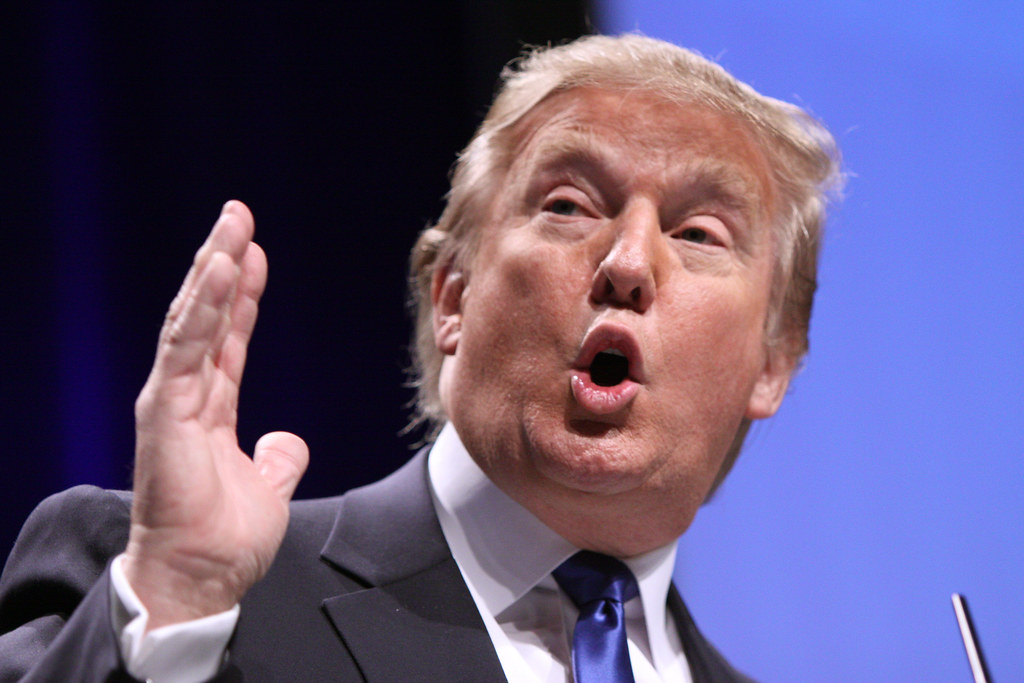Key Takeaways
- President Trump made 18 false claims in his latest “60 Minutes” interview.
- He repeated the claim that the 2020 election was stolen and said grocery prices fell.
- Data show grocery costs rose under his presidency, and inflation remains above 2 percent.
- He also exaggerated investment totals and misrepresented tariffs.
In his recent “60 Minutes” appearance, President Trump issued a barrage of misleading statements. Reporters found he made 18 false claims in one interview. He insisted the 2020 election was stolen from him and claimed grocery prices had dropped. However, data show average grocery costs have actually risen. He also denied any inflation, even though annual rates sit near 3 percent. Beyond that, he overstated investment figures and misled viewers about tariff impacts. Ultimately, fact checking shows many of his claims don’t match real numbers.
Top Trump False Claims from 60 Minutes Interview
Here are the main Trump false claims from his “60 Minutes” interview and what the facts reveal.
The “Stolen” Election Claim
President Trump repeated his claim that the 2020 election was stolen. However, no evidence supports widespread fraud. Courts dismissed dozens of lawsuits, and state officials from both parties certified the results. In addition, audits and recounts in key states found no proof of stolen votes. Therefore, this claim remains debunked despite repeated mentions.
The Grocery Prices Lie
He said grocery prices are down under his watch. Yet official figures show average grocery costs rose about 0.3 percent from August to September alone. Since January, when he took office, grocery costs jumped around 1.4 percent. Prices climbed in all six major food categories. For example, beef saw large hikes, and fruits, vegetables, and bakery items all cost more. Hence, this is one of the most glaring Trump false claims.
The “No Inflation” Denial
Trump insisted there is “no inflation.” At first, he even claimed the rate dropped below two percent. In reality, annual inflation hit about three percent in September. Since May, it has ticked up from a four-year low. Consumer prices for housing, energy, and food stay high. So, claims of zero inflation or rates under two percent fail to match real-world data.
The $17 Trillion Investment Exaggeration
The president boasted that more than $17 trillion in investments flowed into the U.S. under his term. Yet the White House’s own tally listed major announcements at about $8.9 trillion. That figure includes vague pledges and deals tied to trade rather than direct investment. In fact, a detailed review found some “investments” were simply promises with no clear plans. Thus, this Trump false claim doubles the actual count.
The Tariff Myth
Trump claimed that China and other countries pay the tariffs he imposed. In truth, U.S. importers bear most of those duties. They often pass extra costs on to American consumers. Multiple economic studies confirm this flow of costs. Therefore, this claim misleads people about who really shoulders the tariff burden.
Other Bogus Claims
Beyond those key points, he made false claims about a past government shutdown, the pace of the artificial intelligence boom, his first impeachment, and his legal spat with “60 Minutes.” On each topic, fact checkers found errors or exaggerations. Together, they add to the count of Trump false claims in this single interview.
Why Fact Checking Matters
Fact checking plays a crucial role in a healthy democracy. It helps citizens separate truth from fiction. When leaders make false claims, voters may act on wrong information. Therefore, reporters and watchdog groups verify statements with data and expert analysis. As a result, the public gains a clearer picture of what really happens in politics and economics.
What to Watch Next
Moving forward, listeners should watch for follow-up interviews and official responses. Fact checkers will keep tracking public statements and issuing reports. Meanwhile, viewers can consult multiple sources before accepting a claim at face value. By staying informed, people can guard against misinformation and make better decisions at the ballot box.
Frequently Asked Questions
How many false claims did Trump make in the interview?
He made 18 false claims, covering election results, prices, inflation, investments, and more.
Are grocery prices actually lower under Trump?
No. Data show grocery prices increased in nearly every category during his term.
Did Trump overstate U.S. investment totals?
Yes. He cited $17 trillion, but detailed counts put major investment announcements at about $8.9 trillion.
Who pays the tariffs Trump imposed?
U.S. importers pay most of the tariffs, and they often pass higher costs on to American consumers.

